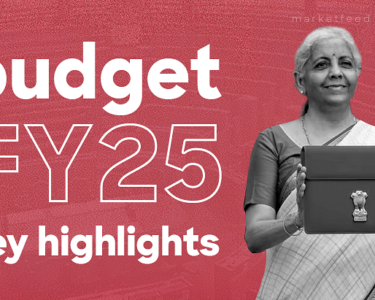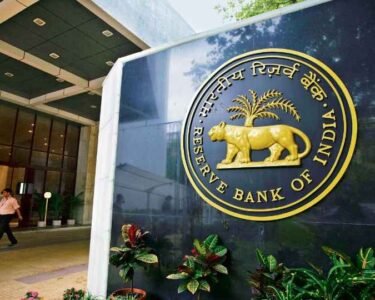As the deadline for filing income tax returns approaches, taxpayers are increasingly seeking ways to optimize their tax savings. In the vast landscape of tax-saving schemes available in the market, some stand out for their high benefits. Notably, the Employee Provident Fund (EPF) and the National Pension System (NPS) emerge as frontrunners in this domain. By contributing to these schemes, individuals can significantly alleviate their tax burdens while simultaneously securing a stable financial future.
“Stress-Free Tax Savings: Unveiling Essential Schemes!”
Understanding EPF and NPS:
The Employee Provident Fund (EPF) stands as a cornerstone of government-run retirement savings schemes, aimed at furnishing financial security to employees post-retirement. Both employers and employees channel a portion of the employee’s salary into the EPF account, forming a corpus accessible upon retirement.
On the other hand, the National Pension System (NPS) presents itself as a voluntary pension scheme, inviting individuals to build a retirement corpus through regular contributions during their active working years. Offering diverse investment options spanning equities, government securities, and corporate bonds, NPS presents the potential for high returns to investors.
Tax Benefits:
Contributions to both EPF and NPS enjoy tax deductions under Sections 80C and 80CCD(1) of the Income Tax Act, 1961, respectively. Taxpayers operating within these sections can claim deductions, effectively reducing their tax liability. Moreover, contributions to NPS exceeding the Section 80C limit of Rs. 1.5 lakh can avail additional benefits under Section 80CCD(1B), allowing for a special discount of Rs. 50,000. However, maximizing tax savings through these schemes necessitates a well-thought-out strategy.
Optimizing Tax Savings:
Optimal Allocation: Individuals should assess the proportion of their salary to allocate towards EPF and NPS contributions based on personal financial goals, risk appetite, and retirement planning objectives.
Voluntary Contributions: Exploring voluntary contributions to NPS can unlock additional tax benefits under Section 80CCD(1B), enabling the accumulation of a more substantial retirement corpus.
Long-term Perspective: Viewing EPF and NPS contributions as long-term investments geared towards achieving financial stability during retirement is crucial. Besides tax benefits, these schemes offer avenues for wealth accumulation over time.
Regular Monitoring: Periodic review of EPF and NPS investments is essential to ensure alignment with financial targets. Adjustments should be made as necessary to optimize returns and tax savings, keeping abreast of changing financial circumstances.
In conclusion, EPF and NPS stand out as potent tools for tax savings and retirement planning. By understanding their mechanisms, leveraging tax benefits, and adopting a strategic approach to investment, individuals can pave the way for a financially secure future.








